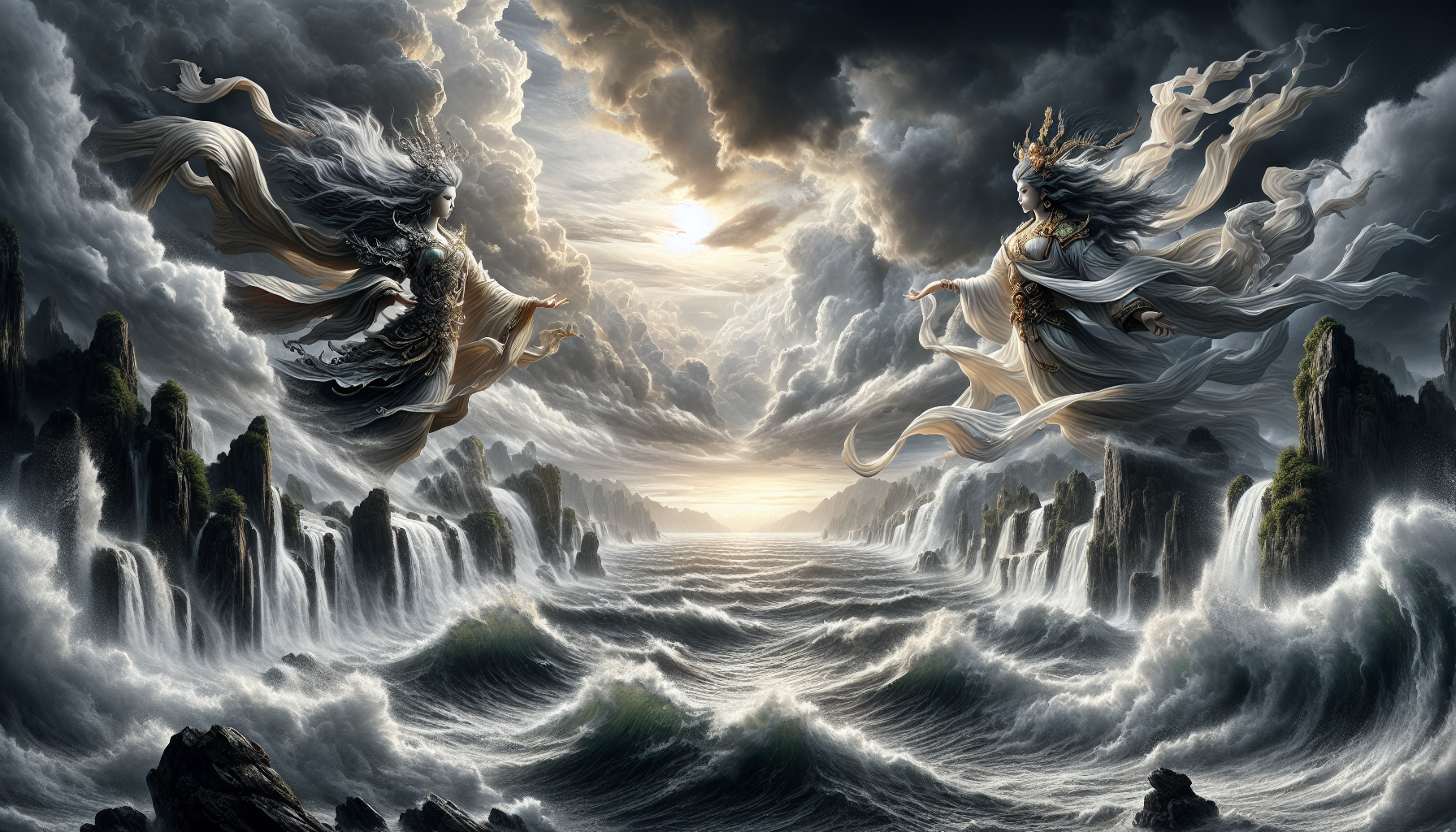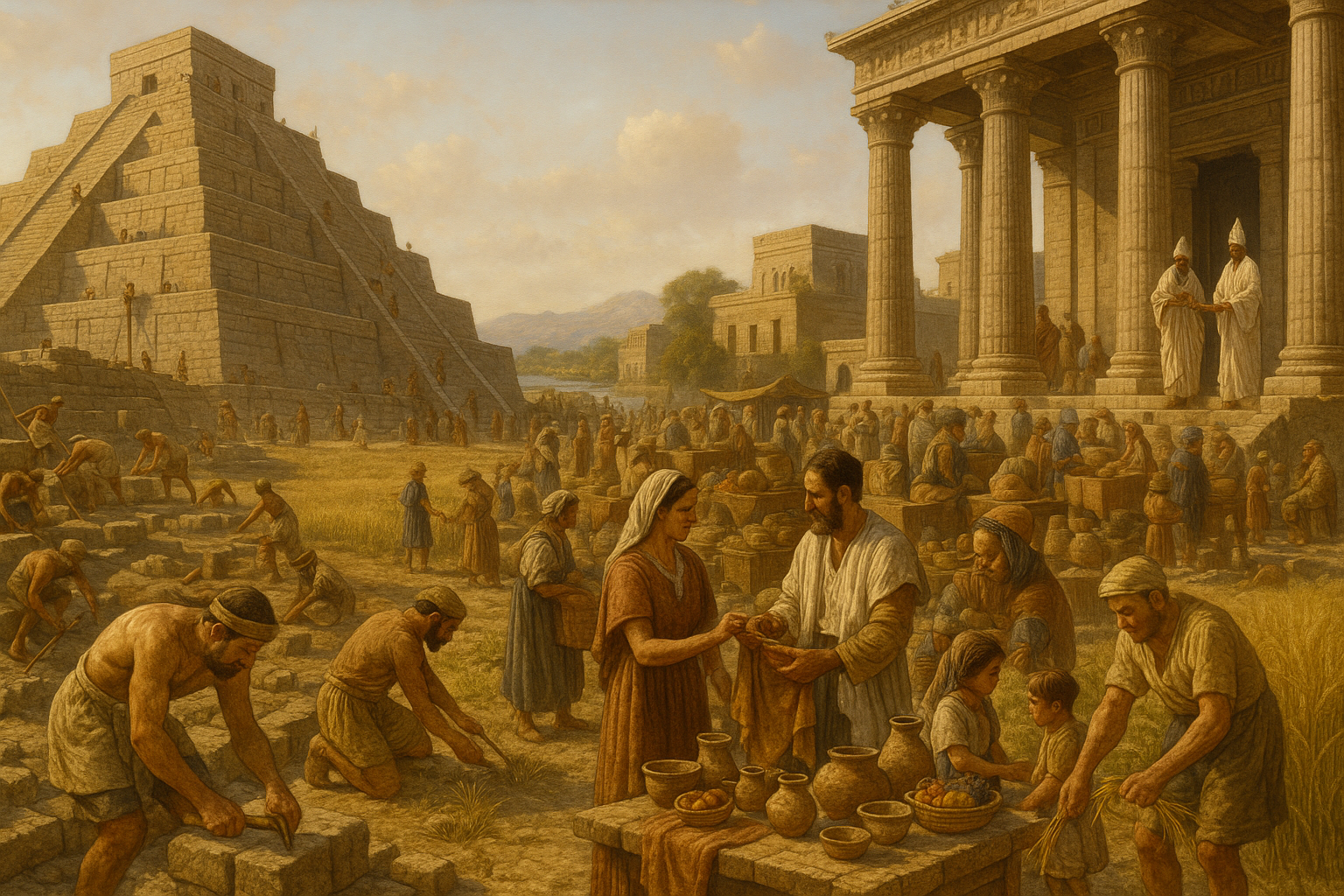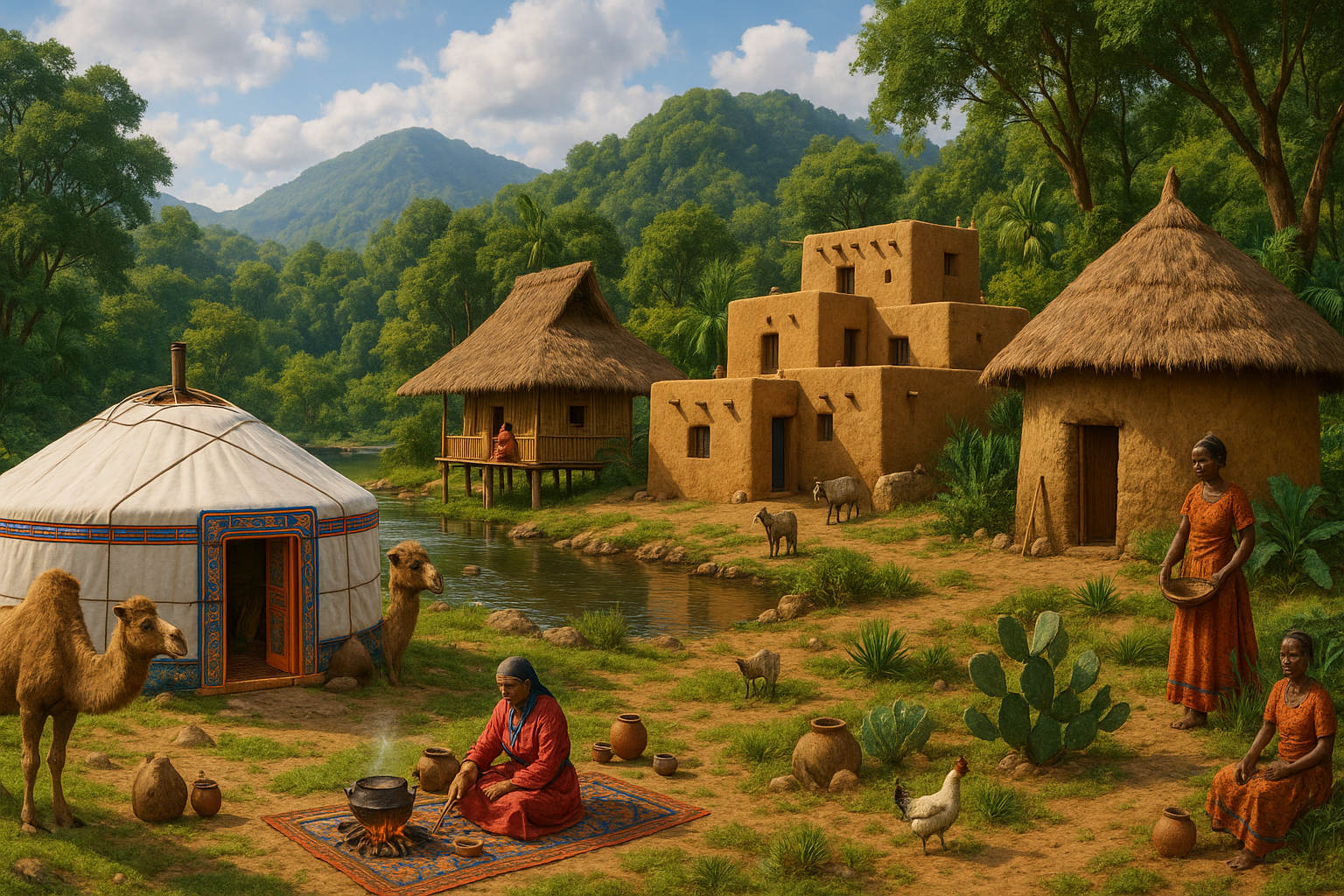In the vast tapestry of the universe, where the tangible meets the ethereal, lies a realm often overlooked by our modern gaze: the divine interplay of natural elements and the deities that personify them. Imagine standing on the edge of a cliff, the salty breeze tousling your hair as the rhythmic roar of the ocean fills the air. You are not just witnessing nature’s grandeur but are in the presence of ancient forces that have been revered and worshipped for millennia. These are the deities of wind and tide, the silent architects of our world’s equilibrium, who possess a power both awe-inspiring and humbling.
Throughout history, cultures across the globe have recognized the profound influence of the elements, attributing to them divine personas and narratives. The wind, invisible yet ever-present, is a symbol of freedom, change, and the breath of life itself. It whispers through the trees, dances across deserts, and howls in the fiercest storms, embodying both gentle caress and unyielding force. The tide, on the other hand, is the heartbeat of the ocean, governed by lunar cycles and gravitational pulls. It is a relentless rhythm that shapes coastlines, nourishes ecosystems, and captivates those who venture to its shores. These elements, in their raw and unbridled forms, have inspired countless myths and legends, leading to the birth of deities that capture their essence.
In this exploration of the divine deities of wind and tide, we will journey through various cultures and epochs, uncovering the stories and symbols that have shaped human understanding of these elemental forces. From the playful yet formidable Greek god Aeolus, the ruler of the winds, to the enigmatic Japanese deity Fujin, each tale offers a glimpse into the cultural psyche and the values these societies held dear. Similarly, the tide brings forth tales of powerful deities such as Manannán mac Lir from Celtic mythology, who rides the waves with effortless grace, and the Hindu goddess Ganga, whose waters are said to purify the soul. These narratives are more than mere stories; they are reflections of humanity’s attempt to comprehend the mysteries of the natural world and its divine caretakers.
As we delve deeper, this article will illuminate the profound connections between these deities and the natural phenomena they embody. We will examine how their stories have influenced art, literature, and spiritual practices, leaving an indelible mark on cultures worldwide. Whether you’re a myth enthusiast, a nature lover, or someone seeking inspiration in the age-old tales of yore, this journey promises to be as enlightening as it is captivating. So, prepare to unleash the power of the elements and embark on a voyage through wind and tide, where history, mythology, and nature converge in a symphony of divine wonder. 🌊💨
Understanding the Mystical Forces of Nature
When one considers the elements that shape our world, it’s easy to overlook the profound influence they exert on both our environment and our spiritual lives. Among these elements, wind and tide stand out as powerful forces of nature, each with its own set of divine deities that are celebrated across different cultures. These elements are not only essential in shaping the physical world but also play a significant role in the mythologies and spiritual practices of many civilizations. From the gentle breeze that carries whispers across the land to the mighty tides that shape coastlines, wind and tide are revered as both life-giving and destructive forces. This reverence is reflected in the divine figures associated with these elements, who are often depicted as majestic and powerful, commanding respect and awe.
The concept of deities controlling the elements is prevalent in many ancient religions, where gods and goddesses are often attributed with the ability to command the wind and tide. These divine figures serve as intermediaries between the natural world and the spiritual realm, embodying the qualities and characteristics of their respective elements. In many cultures, these deities are worshipped and invoked to ensure favorable conditions, such as calm seas or beneficial winds. Understanding these divine figures and their significance provides insight into how ancient civilizations perceived and interacted with the natural world. By exploring the mythology and attributes of these deities, we gain a deeper appreciation for the elements and their influence on human life.
In this exploration, we will delve into the mythologies surrounding the deities of wind and tide, examining their origins, characteristics, and roles within their respective cultures. We will also look at how these figures are represented in art and literature, as well as their influence on modern spirituality. Through this journey, we will uncover the timeless connection between humans and the elements, a relationship that continues to inspire and captivate us to this day. So, let us embark on a voyage of discovery, as we unleash the power of the elements and uncover the divine deities of wind and tide.
The Deities of Wind: Guardians of the Air
The wind has long been associated with freedom, change, and the unseen forces that move the world. Many cultures have personified the wind as a deity or group of deities, each with its own distinct characteristics and stories. In Greek mythology, the Anemoi are a group of wind gods, each representing a cardinal direction and its associated wind. Boreas, the North Wind, is depicted as a fierce and powerful god who brings cold air and winter. In contrast, Zephyrus, the West Wind, is gentle and associated with spring and early summer breezes. These deities reflect the dual nature of the wind, capable of both destruction and renewal.
In Norse mythology, the god Njord is associated with both the sea and the wind. As the father of Freyr and Freyja, two prominent figures in Norse myths, Njord is revered as a bringer of prosperity and good fortune. He is often invoked by sailors and fishermen seeking safe passage and bountiful catches. Njord’s connection to both wind and sea highlights the intertwined nature of these elements, as well as their importance to maritime cultures. The stories of Njord and other wind deities illustrate the reverence ancient societies had for these powerful forces and their role in daily life.
In the East, Fujin is a popular wind god in Japanese mythology, often depicted as a fearsome figure carrying a bag of winds. His presence in Japanese art and folklore underscores the cultural significance of the wind in shaping both the physical and spiritual landscapes. As you explore these diverse mythologies, consider how the depiction of wind deities reflects the values and beliefs of each culture. For a visual exploration of the wind deities, watch this engaging video: “The Mystical Wind Gods of Ancient Cultures” – Mythological Lore Channel.
The Tidal Deities: Masters of the Ocean’s Pulse
Tides are a fascinating natural phenomenon, driven by the gravitational forces of the moon and sun. In many cultures, the tides are governed by deities who embody the mysterious and ever-changing nature of the sea. In Hindu mythology, Varuna is a prominent god associated with the ocean, rivers, and rain. As a guardian of cosmic order and moral law, Varuna is depicted as a majestic figure riding a sea creature, reflecting the awe-inspiring power of the tides. His influence extends beyond the physical world, serving as a reminder of the interconnectedness of all things.
Similarly, in ancient Polynesian culture, the sea goddess Moana is revered for her ability to control the tides and navigate the vast ocean. As the embodiment of the sea’s ever-changing nature, Moana is a symbol of resilience and adaptability. Her stories often highlight the importance of respecting the ocean and understanding its rhythms, a lesson that remains relevant in today’s world. The tidal deities serve as a testament to the enduring power of the sea and its influence on human life.
Across the world, the deities of tide continue to inspire awe and wonder, serving as powerful symbols of the ocean’s majesty. To deepen your understanding of these tidal deities, take a moment to view this informative video: “Tidal Deities: Masters of the Sea” – Oceanic Mythology Channel.
The Interconnectedness of Wind and Tide
While wind and tide are distinct elements, their interconnectedness is undeniable. Together, they shape the world’s coastlines, influence weather patterns, and drive the ocean’s currents. This dynamic relationship is mirrored in the mythologies that feature deities of both elements, highlighting their complementary roles in the natural world. Many cultures recognize the symbiotic nature of wind and tide, portraying their deities as collaborators rather than rivals. This harmonious relationship underscores the importance of balance and cooperation in the natural world.
Consider the following table, which compares the attributes and roles of wind and tidal deities in different cultures. This table serves as a reminder of the diverse ways in which humans have sought to understand and honor these elemental forces:
| Culture | Wind Deity | Tidal Deity | Attributes |
|---|---|---|---|
| Greek | Anemoi | Poseidon | Change, freedom, power |
| Norse | Njord | Ran | Prosperity, protection, adaptability |
| Hindu | Vayu | Varuna | Life-giving, cosmic order, strength |
The interconnectedness of wind and tide is not only a theme in mythology but also a reality in our world. As we navigate the challenges of climate change and environmental preservation, it is crucial to recognize the delicate balance between these elements. By studying the myths and stories of wind and tidal deities, we gain insight into the wisdom of ancient cultures and the lessons they offer for sustainable living. Embrace the power of the elements, and let them guide you towards a deeper understanding of the world we share.

Conclusion
In conclusion, the exploration of the divine deities of wind and tide unveils the profound connection between nature and spirituality, highlighting how these elemental forces have shaped human culture and understanding for centuries. Throughout this article, we have journeyed through the mythologies of various cultures, discovering the unique attributes and stories of deities such as Aeolus, Poseidon, Fujin, and Varuna, among others. These mythological figures not only personify the wind and the seas but also embody the awe and respect these elements command. 🌊💨
Understanding the significance of these deities offers more than just historical or cultural insight; it encourages a deeper appreciation of the natural world and its mysteries. In an era where environmental concerns are paramount, reconnecting with the ancient wisdom that revered these elemental forces can inspire a renewed respect and responsibility towards our planet. As we embrace the power of the elements, we are reminded of the delicate balance that sustains life on Earth and our role in preserving it.
We encourage you to reflect on the lessons from these deities and consider how their stories might resonate with your own experiences. Whether through meditation, art, or conservation efforts, there are countless ways to integrate this ancient wisdom into modern life. By sharing these stories and insights, you not only enrich your understanding but also contribute to a broader dialogue about the importance of honoring and protecting the natural world.
Please feel free to leave your thoughts and experiences in the comments section below. Sharing this article with friends and family can also spark meaningful conversations and inspire others to explore the divine interplay of wind and tide. Let’s continue to celebrate and safeguard the elemental wonders that have captivated humanity for generations.
For further reading, consider exploring resources on mythological studies and environmental conservation to deepen your understanding and commitment to these themes. Together, we can ensure that the stories of these deities remain a vibrant and relevant part of our cultural heritage. 🌍✨
Toni Santos is a visual storyteller and experimental artisan whose work explores the strange frontiers where science meets art. Fascinated by the forgotten, the obscure, and the wonderfully absurd, Toni brings bizarre scientific experiments to life through provocative visual narratives and handcrafted creations that blur the line between curiosity and discovery.
His journey is rooted in a passion for the eccentric side of science — from electric shocks on cadavers to botany in hostile environments, from Victorian medical oddities to animal behavior gone rogue. Each project Toni undertakes sheds light on real (and sometimes questionable) scientific ventures that push the boundaries of human understanding.
With a background in visual design and hands-on craftsmanship, Toni blends artistic precision with conceptual boldness. His creations aren’t just decorative — they provoke, disturb, and invite the viewer to reconsider what counts as science, progress, or even sanity. Often inspired by true experiments — like galvanic resurrection, psychological endurance tests, or 19th-century pseudo-science rituals — Toni’s work reanimates these bizarre chapters of history with aesthetic intrigue and critical reflection.
As the creative force behind Vizovex, Toni invites you to explore a world where the strange becomes symbolic, the grotesque becomes beautiful, and every experiment tells a story worth unearthing.
His work pays tribute to:
The brilliant madness of forgotten experiments
The symbolic power of science at the edge of reason
The beauty in questioning what we think we know
Whether you’re a curious mind, a lover of scientific history, or simply drawn to the uncanny, Toni welcomes you to explore a realm where aesthetics and absurdity collide — one experiment, one mystery, one creation at a time.





